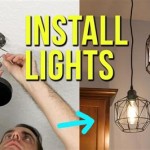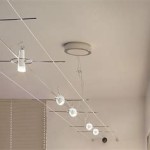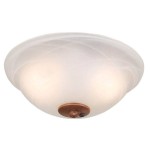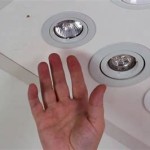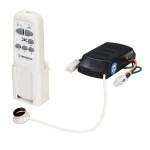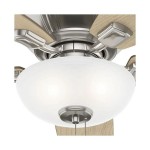Essential Aspects of Ceiling Fluorescent Light Fixtures for Optimal Illumination
Ceiling fluorescent light fixtures are a versatile and energy-efficient lighting solution for various indoor spaces. Understanding their essential aspects can guide informed decisions for optimal illumination and enhanced aesthetics.
Types of Ceiling Fluorescent Fixtures
Fluorescent light fixtures come in various types, each suited for specific applications. These include:
- Recessed Fixtures: Installed flush with the ceiling, offering a sleek, low-profile design.
- Surface-Mount Fixtures: Mounted directly onto the ceiling surface, providing a more prominent presence.
- Pendant Fixtures: Suspended from the ceiling, providing adjustable lighting and a decorative touch.
Lamp and Ballast Selection
The choice of fluorescent lamp and ballast impacts the light output, energy consumption, and lifespan of the fixtures. Common lamp types include:
- T5 Lamps: Narrow and efficient, providing higher lumen output than T8 lamps.
- T8 Lamps: Wider and more common, offering a cost-effective option.
Electronic and magnetic ballasts are available, with electronic ballasts providing increased efficiency and a longer lifespan.
Light Distribution and Optics
Light distribution determines how light is emitted from the fixture. Common options include:
- Downlighting: Directs light downwards, providing focused illumination for tasks.
- Indirect Lighting: Bounces light off the ceiling, creating a more diffused and ambient light effect.
- Multi-Directional Lighting: Emits light in multiple directions, providing even and shadow-free illumination.
Lumen Output and Color Temperature
Lumen output measures the amount of light emitted by the fixture. Higher lumen output indicates brighter illumination. Color temperature refers to the warmth or coolness of the light:
- Warm White (2700-3000K): Creates a cozy and inviting atmosphere.
- Cool White (4000-5000K): Enhances concentration and alertness.
- Daylight (5000K and above): Simulates natural daylight, providing excellent color rendering.
Energy Efficiency and Maintenance
Fluorescent light fixtures are inherently energy-efficient, consuming less energy than incandescent or halogen fixtures. Regular cleaning and maintenance, such as cleaning lamps and replacing ballasts when necessary, ensure optimal performance and longevity.
Conclusion
Understanding the essential aspects of ceiling fluorescent light fixtures empowers you to make informed decisions for optimal illumination in your indoor spaces. By considering the types of fixtures, lamp and ballast selection, light distribution, lumen output, color temperature, and energy efficiency, you can create a lighting environment that meets your functional and aesthetic needs.

Ceramic Industrial Fixture Light Power 10 W

Recessed Ceiling Light Fixture Lly Modus Spol Hanging Fluorescent Square

Surface Mounted Light Fixture Office C Luce Recessed Ceiling Led Fluorescent

Ceiling Mounted Lighting Varsity Cooper And Safety Fluorescent Tube For Storage Hall

Lithonia Lighting Sb 4 32 120 1 Gesb Ft Fluorescent Wraparound Lens Ceiling Fixture The Home Depot

Led Fluorescent Energy Saving 10w Ceiling Tube Light Fittings And Fixtures At Best In Hyderabad Roto Power Services

Lithonia Lighting 2 Light White Ceiling Commercial Strip Fluorescent C 96 120 Geb The Home Depot

Ceag Ellb20 Recessed Linear Fluorescent Class I And Ii Eaton

Recessed Ceiling Light Fixture Capri T5 Pxf Lighting Fluorescent Square Linear

Fluorescent Light Filters
Related Posts

